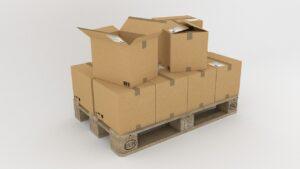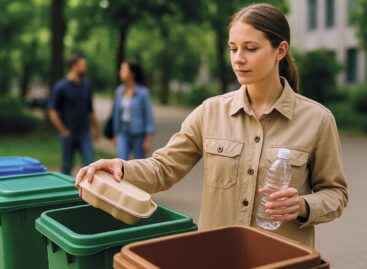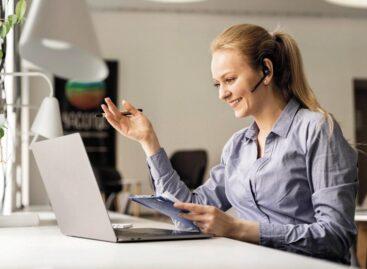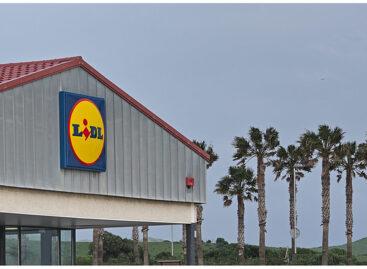Is the transition to paper packaging just greenwashing?
Shay Zeltzer has been a proharvest consultant for almost 30 years, but the recent two days he spent at the Fruit Logistica trade show in Berlin duly shocked him, as he believes that the plastic-free packaging industry and the transition to paper is nothing more than simple greenwashing, which will eventually cause an ecological disaster.

()Photo: Pixabay)
According to the expert – who is a well-known figure in the fight against food waste – the packaging industry has become a paper-based industry overnight, simply replacing plastic-based packaging with paper. – This is pure greenwashing! It contradicts all logic and a professional approach: Products do not stay fresh in paper packaging, they deteriorate faster! This paper revolution is nothing more than a trend that leads to an ecological disaster and demands huge sacrifices on planet Earth, which we will regret, he said. – If shelf life is reduced, it increases food waste in the supply chain and increases deforestation at the consumer level, because forest management is not sufficient to meet the growing demand for paper-based packaging.”
According to Shay, there are several reasons why he opposes the rise of paper packaging
“The production of paper bags requires more energy than plastic bags. According to the US Department of Energy (DOE), the average energy required to produce one ton of paper is about 5.162 kWh (about 200-250 grams per square meter of paper). According to a study by the European Commission, the production of one ton of LDPE film (about 20-30 micron gauge) requires about half as much energy. In addition, paper production requires a lot of water, approximately 1-25 cubic meters are used to produce 1 ton of paper. – he explained, then added that laminating or impregnating adhesive additives must be added to the paper packaging in order to seal it, and these materials negatively affect compostability.
“In addition, paper packaging is heavier and bulkier compared to plastic, and therefore has a larger carbon footprint during transport. A typical plastic bag is about 30 microns in size and weighs 0.0276 grams per square meter. A paper-based bag, which has the same tensile strength as a plastic bag, is about 60 grams per square meter. Comparing the same characteristic of tensile strength, the paper is 2,000 times heavier than an LDPE bag with similar properties.” – the expert justified his opinion.
Related news
Too many gifts, too much food: our holiday excesses are putting a serious strain on the environment
🎧 Hallgasd a cikket: Lejátszás Szünet Folytatás Leállítás Nyelv: Auto…
Read more >It turns out which online food ordering platform websites are the most sustainable
🎧 Hallgasd a cikket: Lejátszás Szünet Folytatás Leállítás Nyelv: Auto…
Read more >Packaging market sitting on a roundabout
🎧 Hallgasd a cikket: Lejátszás Szünet Folytatás Leállítás Nyelv: Auto…
Read more >Related news
New HR assistant helps K&H employees
🎧 Hallgasd a cikket: Lejátszás Szünet Folytatás Leállítás Nyelv: Auto…
Read more >AB InBev invests in Michelob Ultra production in US
🎧 Hallgasd a cikket: Lejátszás Szünet Folytatás Leállítás Nyelv: Auto…
Read more >Lidl To Invest €600m In Spain, Targets 300 Stores In Portugal
🎧 Hallgasd a cikket: Lejátszás Szünet Folytatás Leállítás Nyelv: Auto…
Read more >







